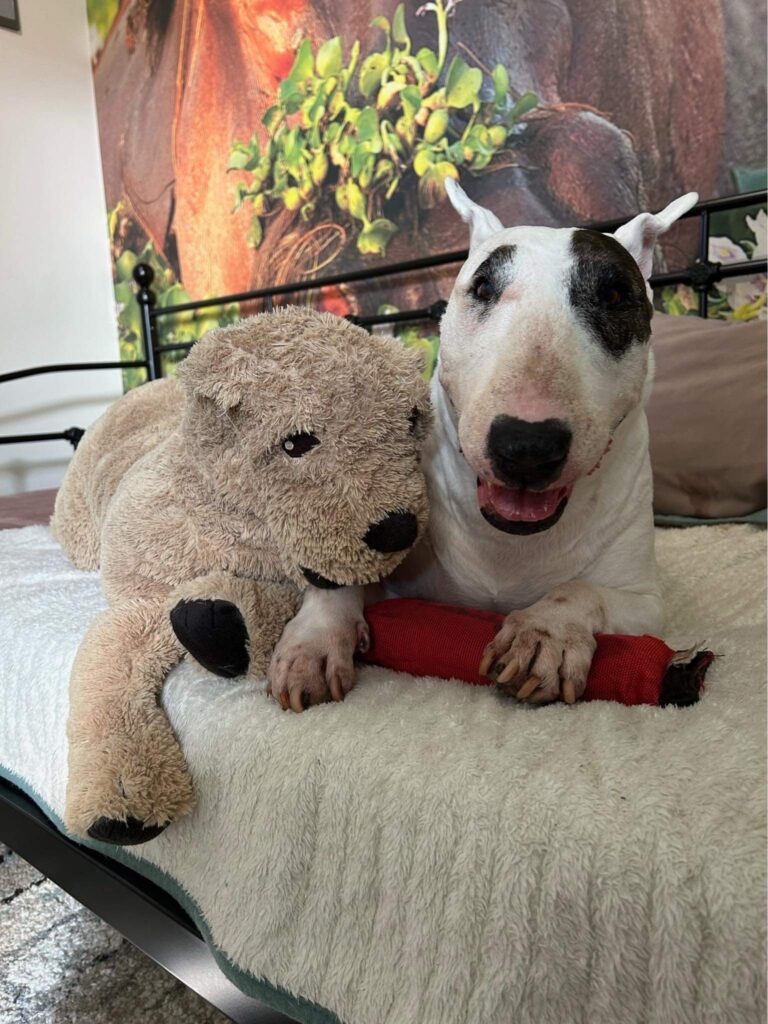When does moulting peak?
Every March-May and September-November, the good people of Australia engage in an unspoken battle to keep floors, carpets, and beds free of a thick coating of pet hair. While shedding is common to most cats and dogs (except non-shedding breeds), moulting is specific to breeds with a double coat. In essence, moulting is the amplified version of shedding. You know what I am talking about if you have a moulting breed!
Why do pets moult?

Shedding and moulting are normal. Your pets shed their coat to regulate their body temperature and maintain a healthy hair coat. Thick coats in winter keep your pey toasty warm. As the weather changes, your pet thoughtfully changes their coat to optimise temperature regulation over the long, hot summer. Like you, your pet has a different jacket for every seasonal variation.
What’s the solution to a clean home during moulting?
The key is to stay one step ahead of the fuzz and regularly brush your pet’s coat through the moulting season. Regular brushing is critical for cats to support them through this period since nature’s brush (their tongue) is minuscule compared to the coat size they need to keep clean.
Nutrition will also help manage excessive shedding. Besides a healthy natural diet, Omega 3-containing foods will help your pet maintain a shiny and healthy mane. Spirulina, fish oil, and sardines are excellent sources of Omega-3. Too much Omega 3 can cause health issues, so please check with your vet for appropriate dosing for your pet.
When is moulting too much?
How much your pet will shed will be intimately linked to breed, nutrition, physical and mental health, age and environmental factors. Suppose your pet is shedding more than usual. In that case, it warrants a trip to your primary care veterinarian for a health screen. Numerous hormonal, skin and mental health conditions can trigger a sudden change in your pet’s moulting.
And suppose you’ve ever thought, “Surely this hair can be useful for something”. In that case, the answer is “yes”, and look no further than author Kaori Tsutaya’s coffee table book “Crafting with cat hair”!